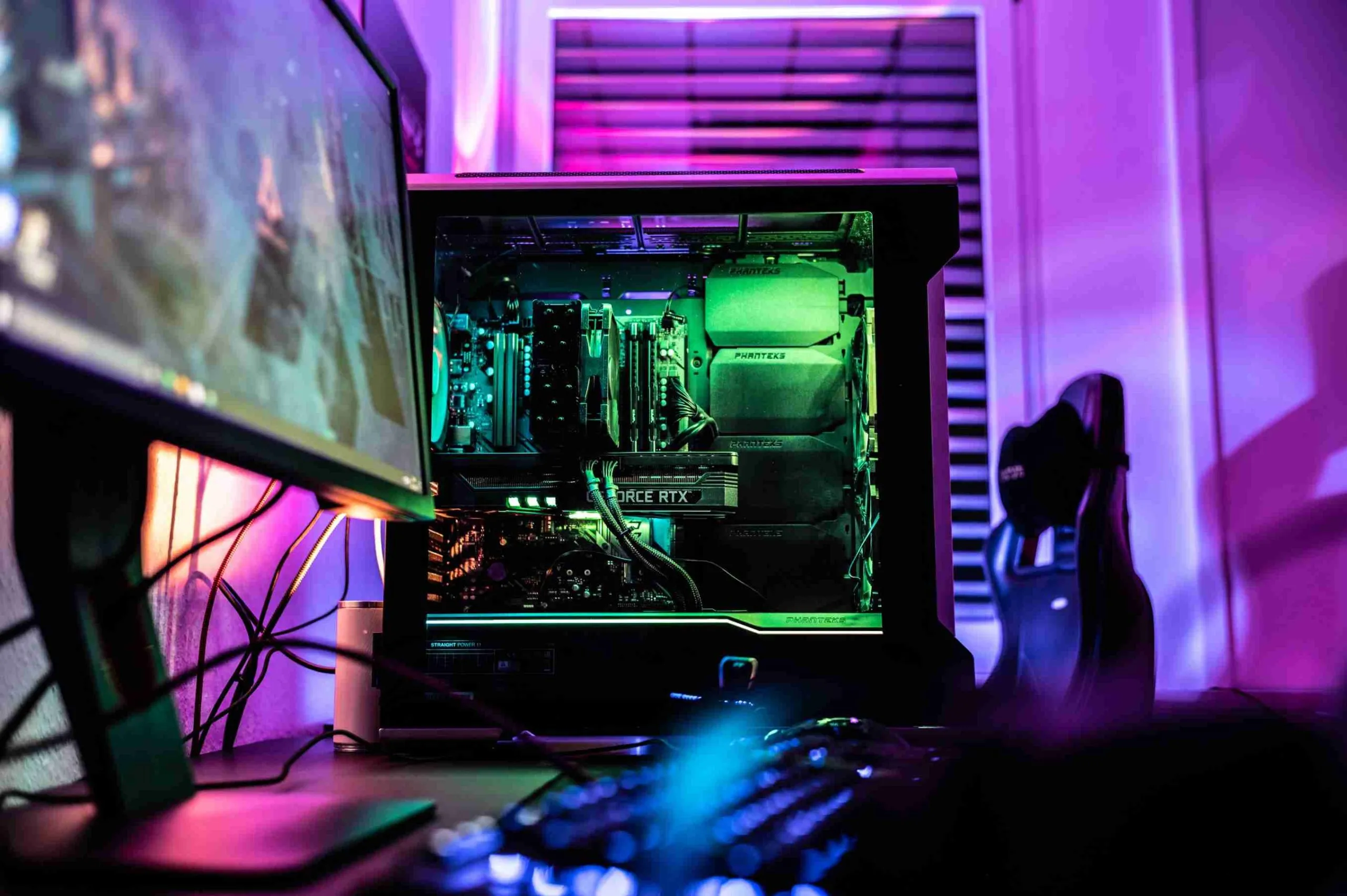
Upgrading your gaming PC can make a big difference in the quality of the games you play. You’ll be able to play more demanding games with more realistic graphics and enjoy them on a bigger screen at higher resolutions than before. If you’re considering to upgrade your gaming PC, here are the most important parts to boost your system.
1 – CPU
The CPU is the most important part of your gaming PC. It’s responsible for processing graphics and other data, making games look good and run smoothly.
- Intel Core i7: The Intel Core i7 is the best choice if you want to play games at high settings on your computer. It has hyperthreading technology which allows it to handle multiple tasks simultaneously. It includes running multiple programs simultaneously without slowing down your system or causing lag in-game.
- AMD Ryzen: If you want to save a few bucks without compromising the performance of your gaming PC, then you may want to consider AMD’s Ryzen CPUs. These processors offer great performance at low prices compared to Intel CPUs. However, they aren’t quite as robust when it comes time to multitask or when working with heavy software like Photoshop or Premiere Pro. So if you use these kinds of programs, then it’s best to stick to Intel CPUs instead.
2 – GPU
Your gaming PC is built around a graphics processing unit or GPU. It works by taking the raw data from your CPU and converting it into images that can be seen by your display.
Many different types of GPUs are available in the market, so you’ll have to choose one based on what games you want to play. If you’re looking for top-of-the-line performance in older games like CS: Global Offensive and Overwatch, then an Nvidia GeForce GTX 1080 Ti is probably what you want.
If you’re looking for cheaper options but can deliver a 1080p resolution (1920×1080 pixels) on your games, consider going with either AMD’s Radeon RX 580 8GB or the Ryzen 5 2400G APUs instead.
Ultimately, the best GPU for your gaming PC will depend on your budget and what kind of games you want to play. If you want something that can handle any modern game at maximum settings, consider using an Intel Core i7 processor paired with the NVIDIA GeForce GTX 1060 6GB.
3 – Memory
RAM is used by your computer to store data and programs. You can add more RAM to an existing computer as long as you have enough room on the motherboard. The standard amount of RAM in most computers today is 4 GB, which can be upgraded without replacing anything else on the system.
RAM comes in two main forms: DDR3 and DDR4, which stands for double data rate third generation synchronous dynamic random access memory. Both types are relatively easy to upgrade. However, upgrading from DDR3 to DDR4 may require extra hardware, depending on your specific motherboard model or BIOS version.
If you have an older system with DDR3 RAM, upgrading to DDR4 is a great way to get more speed out of your computer. DDR3 and DDR4 are incompatible, so it’s important to check which type of RAM your motherboard supports if you’re looking for an upgrade.
4 – Storage Drive
A storage drive is where your game saves, and it’s important to have enough space for all of them. You can get an SSD with a standard 2TB capacity or opt for something larger.
SSD drives are faster than traditional hard drives because they don’t require moving parts like spinning platters in HDDs. This makes them more energy efficient than the latter. However, they’re also more expensive upfront. So, if your budget won’t allow you to upgrade to an SSD immediately, you still want faster performance. Consider using an external hard drive instead until you have enough money to upgrade your HDD to an SSD.
5 – Motherboard
The motherboard is the primary circuit board of your PC, and it’s where all its components connect. There are sockets for the CPU, GPU, RAM, and other components on the motherboard. These sockets are designed so that you can upgrade them with new parts over time as your needs change or new technology comes out.
The motherboard has slots that hold expansion cards like sound cards or video cards. These allow you to add more power to your rig without removing anything from an existing slot.
The motherboard is also where you’ll find your computer’s BIOS, which stores information about the hardware in your PC. This allows you to tell your computer what components are installed and how they’re configured, among other things.
***
If you’re ready to upgrade your PC, we hope this information has helped. We recommend upgrading the CPU, GPU and RAM first, followed by the storage drive. If you have questions about what components or upgrades would be best for your specific needs and budget, check out our other posts on gaming PCs.